What are anchovies? Are they fish? Are they like sardines?
Anchovies often spark strong opinions, but few people really know what they are. These small, silvery fish belong to the Engraulidae family and live in saltwater across the globe, especially in the Mediterranean and along coastal waters.
Fishermen catch them in massive schools, and producers typically cure them in salt or pack them in oil to preserve their bold flavor.
Many people mistake anchovies for sardines, but they’re not the same. Anchovies have a leaner body, a more intense taste, and a softer texture.
Sardines, on the other hand, have a milder taste and a firmer texture. You’ll find anchovies in tins, jars, or paste, ready to melt into sauces, dressings, or spreads. Just one fillet can transform a dish with rich umami depth.
While their strong flavor might deter some, chefs rely on anchovies to add complexity. They melt into oil and disappear into dishes, leaving behind savory richness, not fishiness. Anchovies play key roles in Caesar salad dressing, bagna cauda, pasta sauces, and more.
If you’ve avoided anchovies in the past, it might be time to give them a second look. With the right approach, they become a powerful, almost invisible ingredient that elevates everything they touch.
Characteristics
| Topic | Description |
|---|---|
| Size and Appearance | They are small fish, typically measuring about 2 to 4 inches in length. They have a slender, silvery body with a dark blue-green hue on the upper side. |
| Flavor | They have a robust, savory, and salty flavor. The taste is intensified due to the curing and fermentation processes used in their preparation. |
| Culinary Uses | They are often used as a flavoring agent in dishes rather than consumed independently. Common in Mediterranean cuisine, they add depth to pasta sauces, salads, dressings, and spreads. In Asian cuisines, they are used in sauces, stir-fries, and soups. |
| Processing Methods | They are processed in various ways to make them suitable for culinary use. Standard methods include curing in salt, packing in oil, or fermenting. The curing process develops their umami-rich flavor. |
| Anchovy Paste | Anchovy paste is made by grinding anchovies into a smooth consistency. It’s easy to incorporate into recipes and often enhances dressings, sauces, and marinades. |
| Storage | They are sold in jars or cans packed in salt or oil. When properly sealed and stored, anchovies have a long shelf life. |
| Umami | Anchovies are known for their umami, the fifth basic taste alongside sweet, sour, salty, and bitter. Umami adds a savory or meaty richness to dishes. |
| Substitutions | If anchovies are unavailable or unwanted, alternatives like anchovy paste, fish sauce, or soy sauce can be used to add umami to recipes. |
| Nutritional Content | Anchovies are a good source of protein, omega-3 fatty acids, and various vitamins and minerals. Because of their strong flavor, they are usually used sparingly. |
What Do Anchovies Taste Like?
Anchovies are renowned for their distinctive and intense flavor. Their taste is characterized by a combination of saltiness, umami, and a slightly fishy and briny profile.
The saltiness comes from the curing process, during which anchovies are typically preserved in salt. This process helps preserve and enhance the overall flavor, giving them their characteristic salty kick.
The umami taste, often described as savory and full-bodied, is a significant component of anchovy flavor. This umami quality is attributed to compounds like glutamate, which are concentrated during curing. Umami is a key element in many savory dishes, and anchovies contribute a rich and complex layer of this taste.
Some people also detect mild fishiness in anchovies, which is natural given their marine origin. However, the strong curing process helps mellow out the fishiness to a certain extent, leaving a more nuanced and balanced flavor. The brininess, reminiscent of the sea, further adds to the overall taste profile.
Dishes Where Anchovies Are Critical
| Dish / Sauce | Description | Why Anchovies Are Used |
|---|---|---|
| Caesar Salad Dressing | A creamy dressing made with garlic, lemon, egg yolk, Parmesan, and anchovies. | Anchovies add a deep umami flavor and subtle saltiness that balance the creamy and tangy elements. |
| Bagna Cauda | A warm Italian dip made from garlic, olive oil, butter, and anchovies. | Anchovies provide a savory, meaty depth that enriches the sauce without overwhelming it. |
| Pasta Puttanesca | A tomato-based pasta sauce with olives, capers, garlic, and anchovies. | Anchovies dissolve into the sauce, boosting umami and adding complexity to the savory profile. |
| Spaghetti alla Colatura di Alici | A traditional Italian pasta dish dressed with a fermented anchovy sauce called “colatura.” | The anchovy sauce provides intense umami and a salty, briny kick that defines the dish. |
| Cauliflower or Kale Caesar Salad | A modern twist on Caesar salad using vegetables instead of lettuce, tossed with anchovy dressing. | Anchovies enhance flavor depth, making vegetable-based salads more savory and satisfying. |
| Asian Stir-Fries and Sauces | Various Asian dishes use anchovy-based sauces or dried anchovies for broth bases. | Anchovies add natural umami and richness to broths, soups, and sauces. |
| Tapenade | A spread made with olives, capers, garlic, and sometimes anchovies. | Anchovies intensify the salty and savory notes, creating a richer flavor. |
| Anchovy Butter or Compound Butter | Butter blended with finely chopped anchovies, garlic, and herbs. | Anchovies add a subtle savory punch that melts into meats or vegetables. |
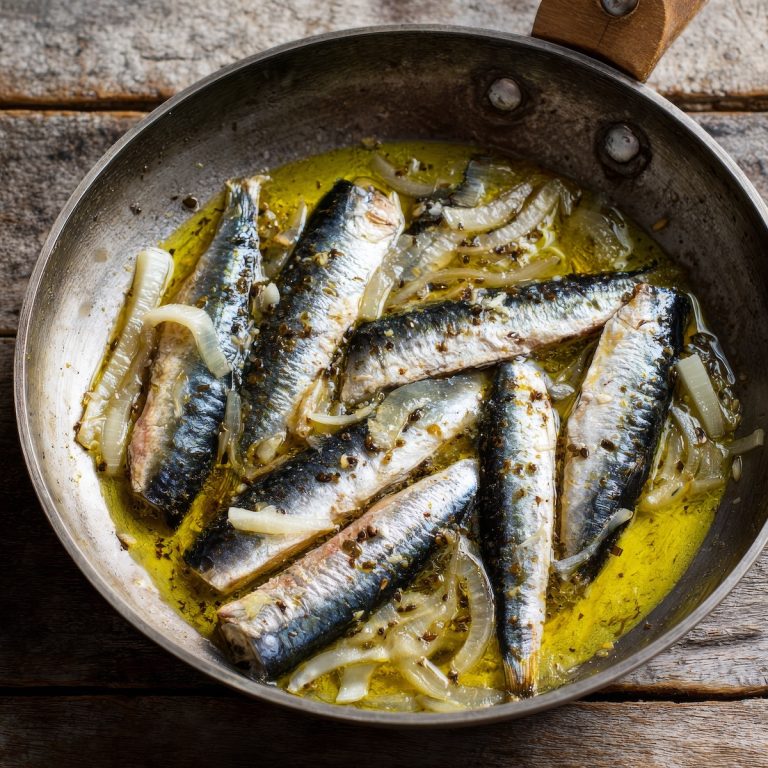
Buying and Storing
| Category | Tips |
|---|---|
| Buying Anchovies |
|
| Storing Anchovies |
|
Use in Small Quantities
It’s important to note that they are often used in small quantities in recipes due to their potent flavor. While some may find the taste of anchovies quite assertive, others appreciate the depth and complexity they bring to dishes. Anchovies are frequently used as a seasoning or ingredient in various dishes, contributing their unique taste to sauces, dressings, pizzas, salads, and more.
Additionally, how anchovies are prepared and incorporated into a dish can influence their flavor impact. Anchovy fillets, anchovy paste, or anchovy-infused oils are common forms in which anchovies are used, each offering a slightly different intensity and texture to the final culinary creation.
Anchovies have a bold and memorable taste characterized by saltiness, umami richness, a hint of fishiness, and a touch of brininess. Whether loved for their distinctive flavor or approached with caution, anchovies continue to be a versatile ingredient that adds depth and complexity to a wide range of culinary delights.
Anchovy Paste
One of the most common uses of anchovies is in the form of anchovy fillets or anchovy paste. These products are often employed to enhance the umami flavor in dishes ranging from salads and pizzas to pasta sauces.
The intense and salty taste of them allows them to function as a robust seasoning, elevating the overall taste profile of a dish. Even a small quantity of anchovies can transform a mundane recipe into a culinary delight.
They are culinary powerhouses that have stood the test of time. From their ancient roots in Mediterranean kitchens to their essential role in Asian cuisines, these tiny fish continue to significantly impact global gastronomy.
Whether as a key player in a classic Caesar salad or as the secret ingredient in an umami-packed broth, anchovies demonstrate that size is no barrier to flavor, and their presence in the culinary world will endure for generations to come.
History
Originating from the Mediterranean region, anchovies have been a culinary staple for centuries. The ancient Romans and Greeks used them liberally in their cooking, recognizing the depth of flavor they could contribute.
Over time, anchovies became a vital ingredient in various traditional Mediterranean dishes, such as the famous Caesar salad, where the salty kick of anchovies complements the freshness of lettuce and the richness of the dressing.
In addition to their historical significance in Mediterranean cuisine, anchovies play a prominent role in Asian culinary traditions. In countries like Japan and Korea, anchovies are often used to make dashi, a foundational broth in many Japanese dishes.
The umami-packed broth derived from anchovies adds a unique depth to soups, stews, and sauces. Similarly, in Korean cuisine, anchovies are a key component in making kimchi, a staple fermented vegetable dish.
Processing
The process of preserving anchovies is as fascinating as their culinary applications. Typically, anchovies are cured in salt for several months, which not only preserves them but also intensifies their flavor.
The curing process dates back centuries and was a crucial method for preserving fish in the absence of modern refrigeration. Today, this traditional preservation technique endures, contributing to the distinctive taste that makes anchovies a sought-after ingredient.
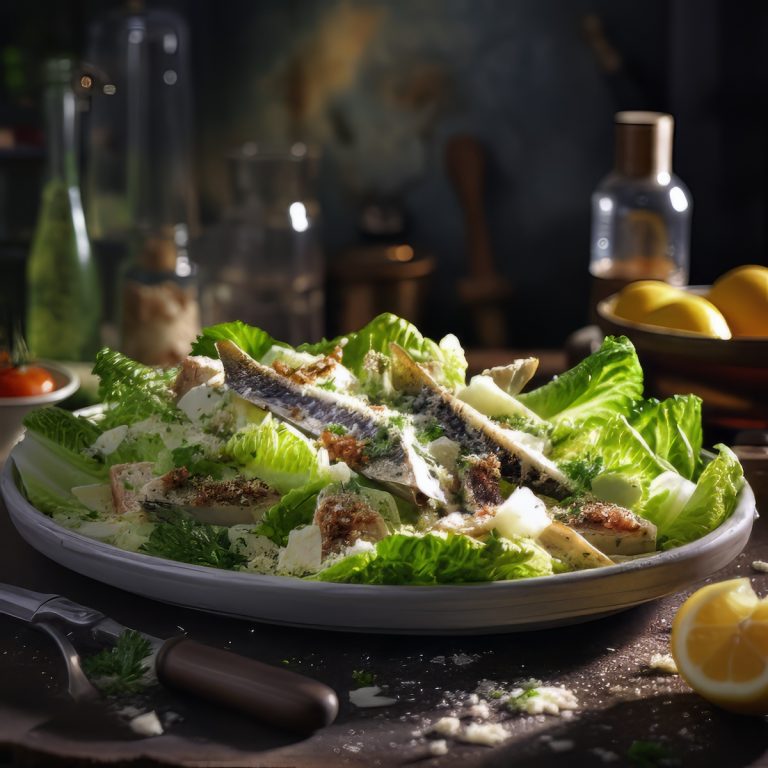
Nutritional Value
Beyond their culinary uses, anchovies have nutritional value that often goes overlooked. Packed with omega-3 fatty acids, essential for heart health, and rich in protein, they offer a nutrient-dense option for those looking to boost their dietary intake of these vital elements.
While anchovies may be an acquired taste for some due to their potent flavor, their health benefits add another layer of appeal to these small silver fish.

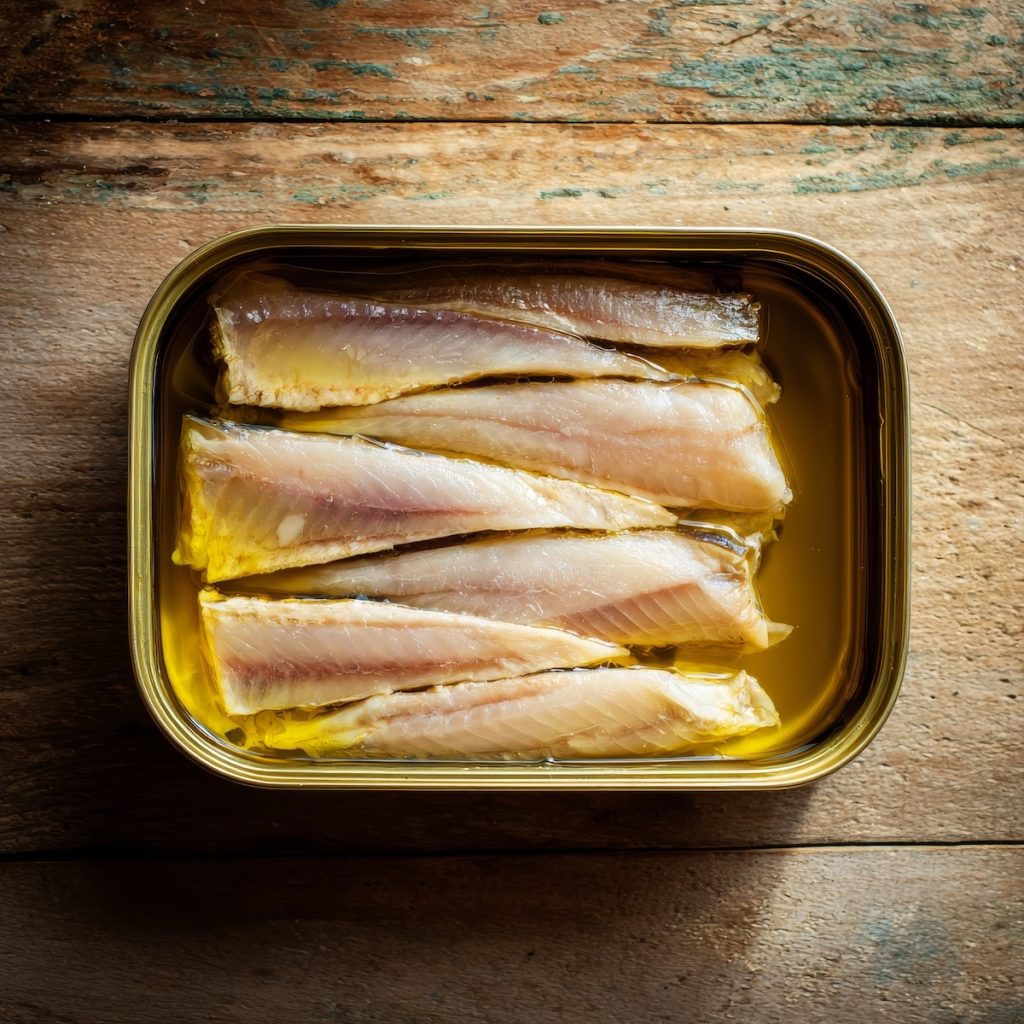




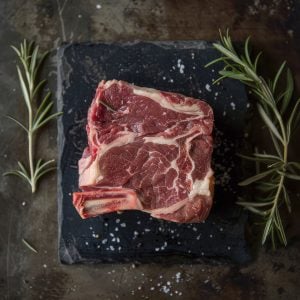

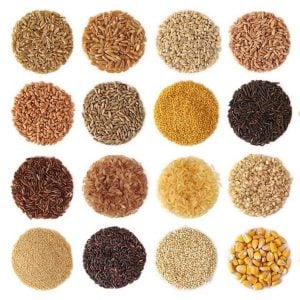
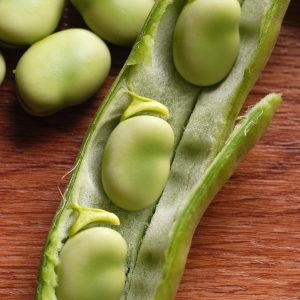



2 Responses
That’s a great telling of the anchovy story!
Another part of the story is Vietnamese fish sauce, that’s made from fermented anchovies. It’s convenient to keep a bottle in the fridge and use it in place of anchovies in recipes. The best fish sauce is Red Boat, that’s made in Vietnam using traditional techniques. It’s a little hard to find, but a bottle lasts a long time. Red Boat also has a cookbook of very interesting recipes using their fish sauce.
Another form of anchovy that you likely have in your kitchen is Worcester sauce, that gets a lot of its distinctive flavor from anchovies.
Hi Dave, thanks for the information on fish sauce and Worcester sauce.